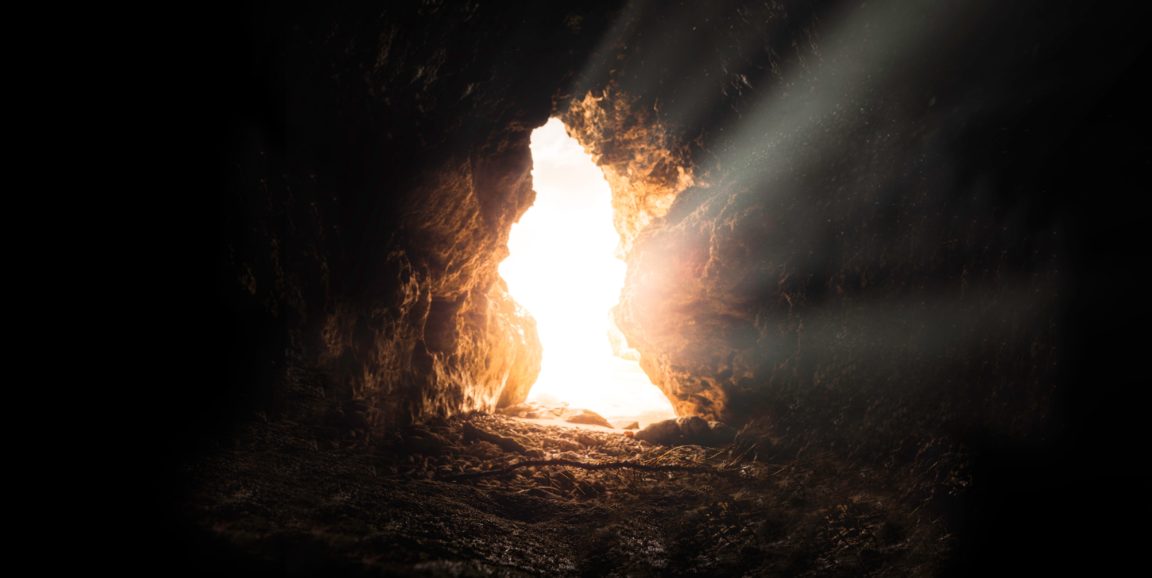A complex and dangerous mission is underway to rescue twelve Thai boys and their soccer coach, who survived more than two weeks trapped by rising waters in the Tham Luang Nang Non cave system. Though one person, a former Thai Navy SEAL, has lost his life in the effort, prospects are brightening for the boys as elite divers guide them, one by one, through a treacherous 2.5-mile route to freedom.
As the young people emerge, so do questions about their health and well-being in the short- and long-term. Paul Auerbach, MD, a Stanford professor of emergency medicine, participated in relief efforts following recent earthquakes in Haiti and Nepal and in recent days has helped media outlets sort through what the survivors — and their rescuers — can expect. I caught up with him earlier today.
What are the immediate health concerns for these boys and their coach?
The health concerns are predominantly nutrition, hydration, any injuries or illnesses that they may have contracted while in the cave, and their emotional state. There has been some discussion about oxygen content dropping in the cave, and the hope is that this has happened gradually enough so that they’ve had some time to acclimatize to that lower oxygen the same way that people who journey to high altitude acclimatize.
Not being able to move would have potentially caused them to have less agility if they weren’t able to stretch and walk around. The combination of malnutrition and immobility could have contributed to loss of muscle mass and some weakness. Hopefully, when the rescuers got in there, they were able to begin to remedy that with stretching, passive and active muscle movement, and other methods to start to rebuild their muscle strength and tone.
What medical care are they likely receiving immediately after their rescue?
They’ll have an immediate evaluation medically, which will include thorough physical examinations, blood tests and x-rays, as necessary, and psychological evaluation and counseling. Doctors will want to make sure that they’re on an appropriate diet for recovery and hopefully will discover that the boys haven't contracted any illness while in the cave.
How long could it take for these boys to return to their prior health?
It depends on how weak they were, and how long they were trapped. Spending 12 to 16 days in the cave would indicate they were acutely malnourished, but they weren’t yet in a full-blown starvation scenario, where they would really begin to damage vital organs. If they don’t have any kidney issues or heart issues or liver issues, then one would expect the recovery to be relatively swift — back to 100 percent in two to three weeks.
What longer-term effects might these boys experience?
After they’ve been in isolation and gone through this kind of an event, it’s reasonable to think that a few of them at some point — not necessarily immediately — might suffer post-traumatic stress disorder. That would be characterized by behavioral regression, hypervigilance, some flashbacks, fearfulness, insomnia, and difficulty with their schoolwork. But it most likely would be effectively managed with cognitive behavioral therapy and emotional support.
They’re showing every sign that they’re going to be resilient. They had a lot of things going for them: They were in a group; they knew each other; they were very supportive of one another. They’re remarkable young men.
How might a mission like this affect the health of the rescuers?
The rescuers have a lot of emotion invested in this, and you have to take care of the team as well. They’ll be debriefed, and their mental and physical health has to be attended to in a similar fashion to that for the boys, with the exception that they weren’t trapped in a cave. Every time they went into that cave, whether it was carrying supplies or during the rescue process, they were putting their lives at risk. That’s remarkable, and I can’t say enough good things about how that was managed.
Photo by Bruno van der Kraan




